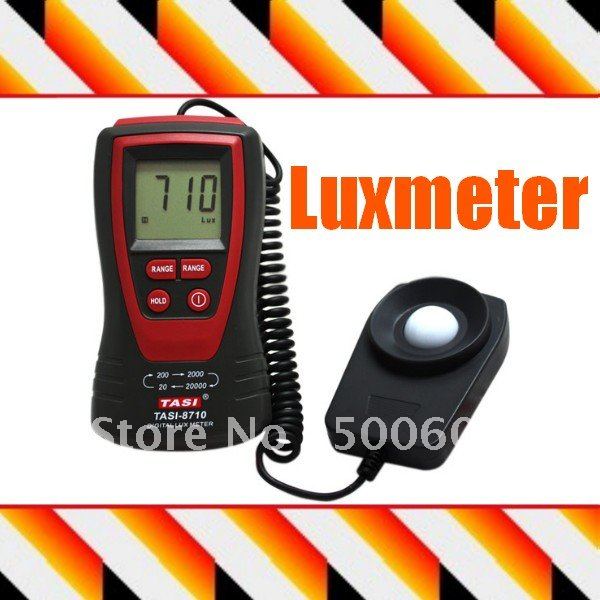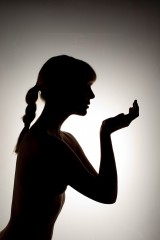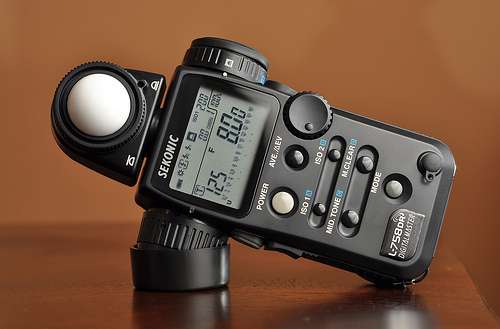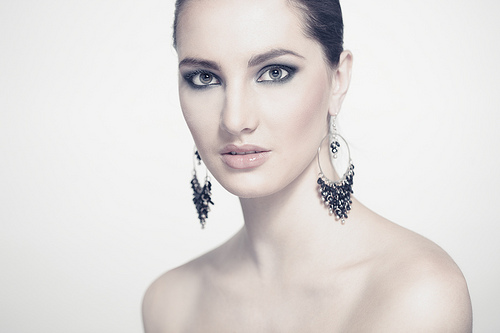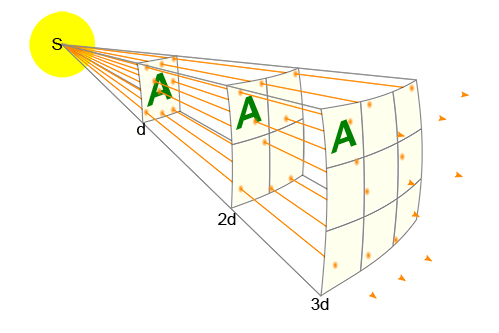Lighting is the most important aspect in photography. The correct lighting setup can help you get astonishing results and a poor setup can totally ruin the shot. Lighting is a unification of both art and science. On one hand you need to be familiar with the features and techniques of lighting, to assess the impact of lights on the final result; on the other hand you need to get creative and play around with thefeatures of light to render form, mood and drama to the capture.
Creativity follows as you learn the features and techniques of lighting. It is therefore crucial to get yourself equipped with the techniques of lighting, the nature of light and its effective uses. The type, quality and quantity of light — all have a visually distinct impact on the results. The lighting equipment and their placement & direction not only determine the form, contours and mood of the photograph but also the photographic quality. This specially holds true for photographing portraits in a studio as it’s the studio where artificial lighting is “mostly” used. Artificial light is also used in fashion and glamor photography where it has to be balanced with the naturally available light. This balancing of the intensity of various light sources helps you achieve special effects possible only with lighting. Remember, while almost everything can be adjusted in the post-processing phase, it’s lighting that has to be taken care of in the capture phase. No amount of post-processing can fix poor lighting. Thus the lighting has to be taken care of during the shoot itself.
The key to balancing the lighting are the lighting ratios and the inverse square law. Let’s have a closer look at the two concepts; the lighting ratios and the inverse square law.
Lighting Ratio
A lighting ratio is simply the ratio (or a balance) between the intensity of two different lights. Most of the studio setups employ a key light — the primary light employed to illuminate the subject and fill light which is used to lighten the shadows being cast due to the key light. The difference between the intensity of key light and fill light is calculated with respect to f-stops. A strong key light and a weak fill light means a more contrasty image and vice-versa. To calculate and arrive at the desired lighting ratio, the photographers may seek the help of a light meter but in practice it is generally a matter of individual preference and some experimentation. The photographer takes the reading of light intensity from each light source and thereafter adjust the intensity of light for each source to effectively put lighting ratios to action.
A strong key light casts shadows that are more pronounced. In order to control these, a soft-light source is employed as fill-light. In a situation where the key light is absent and only a fill light is used, the portraits tend to appear flat. A combination of a strong key light and a weaker fill light allows more shadows thereby enhancing the contours and the contrast in the portrait. A proper balance can clearly bring out the contours and features of the subject while reducing undesirable shadows.
Let’s talk in figures now. A light ratio of 3:1 is desirable for portraits. This ratio means that the intensity of main light is 3 times the fill light. To the contrary, a lighting ratio of 8:1 is considered to be low key. Similarly, different light ratios can be applied to obtain different results in an image. (ex: 2:1 for high key effect, 4:1 for slimming/dramatic effect, 5:1 for high contrast character studies etc.). Here’s a wrap of lighting ratios.
- 1:1 ratio: The key light and fill light of same intensity result in even lighting, thus producing soft high key image.
- 2:1 ratio: Is desirable for most cases.
- 4:1 ratio: Higher contrast resulting in a low key image.
- 8:1 ratio: Results in very dramatic and low key image.
The Inverse Square Law/Light Falloff
The inverse square law states that when a light source is moved farther from the subject, its intensity drops by the square of its inverse. In simple words, when a light source is moved away from a subject (say for example twice the distance), the intensity of light reduces to 1/4 of its intensity.
Thus if a subject placed at point A, 2 feet away from a source of light is re-positioned at point B, a distance of 4 feet from the light source, it will receive 1/16 times the light it received at point A {i.e. (1/4)2 times the “4″ in “1/4″ being the new distance).

Confused enough? It’s not over yet. I spent about an hour to get to grips with this theory, actually the intricacies of it. Here’s how this can be explained. Let’s take a look at this illustration:
The S is the source and A is the area of the subject (a card perhaps). The light rays (in orange) emanate from the source and fall on the card. As the distance is doubled, the light spreads farther and a larger area is required to absorb the same quantity of light. Since the size of the subject is fixed, it only absorbs a a part of the light it originally did.
Additionally as a corollary, as the distance between the light source and subject increases, the apparent size of the source decreases. Thus light becomes more directional, focused thus turning into hard light. The closer the source, the bigger it appears and softer the light.
The Inverse Square Law comes in handy when adjusting the distance between the light and the subject. But varying the distance affects the quality of light too. Varying the distance is not a means to control the light or exposure, it is a way to balance multiple lights sources.
Knowing the inverse square law and the lighting ratio can greatly help you in creating compelling images. You can paint your image with the light of your choice and create a masterpiece.
Have a question? Ask away.






